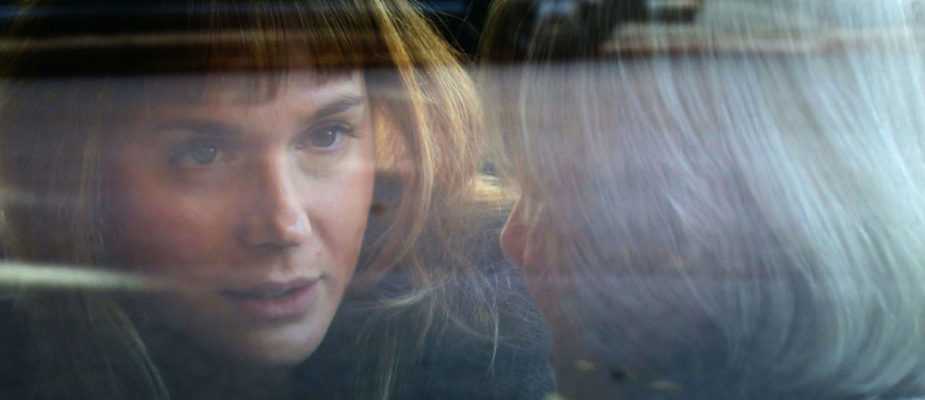A Catalan filmmaker and educator whose body-of-work consists predominately of documentaries and shorts, José Luis Guerín achieved universal acclaim with his fictional 2007 feature, In the City of Sylvia, a minimally plotted portrait of an artist who falls under the spell of the titular Sylvia. Comprised, for much of its frequently dialogue-free duration, of shot/counter-shot sequences of the artist observing café life–and in particular, the beautiful coeds who pass their time sipping drinks under the Strasbourg sun–In the City of Sylvia is a film of faces bathed in natural light. It is also an architectural tour of the French city, its pedestrian inhabits and its modes of transportation, which all reveal themselves most spectacularly during the film’s centerpiece sequence in which the artist believes he’s seen and then follows for minutes on end (quite uncomfortably, as it happens) the elusive Sylvia. He finally engages with her on a brightly lit streetcar, one that reframes the passing cityscape in proto-cinematic fashion. Relying otherwise on the exigencies of chance, and a narrative that wouldn’t be out of place in the earliest days of the art form, In the City of Sylvia unrepentantly pursues the film’s many forms of beauty, as experienced by the male aesthete, as its ultimate subject matter.
The Academy of Muses (2015), a highlight of last year’s Locarno Film Festival, both deepens and inverts In the City of Sylvia’s central aesthetic consideration, namely the old-fashion appreciation of feminine beauty. Possessing the veneer of both non-fiction and the homemade like the previous film–The Academy of Muses is fully fiction, though it was made with a two-person crew–The Academy of the Muses joins real-life philology professor Raffaele Pinto, who teaches a class on the muse in literature and art, seemingly as a means of romancing his female students. As the Barcelona professor later insists, “teaching involves seducing”–a conceit that the married, late-middle aged lecturer takes remarkably literally. Standing before his classroom, Guerín cuts to the faces in the crowd, which, in comparison to In the City of Sylvia, uniformly return Pinto’s gaze. With The Academy of Muses, named naturally for the women in the lecture, we have a more reciprocal relationship than was present in the earlier film; it is not simply the viewer and the artist observing, with the occasional returned gaze, but subjects and objects in constant visual communication.
As The Academy of Muses proceeds, we become acquainted with the many women in Pinto’s orbit, including his knowing silver-haired wife whom Guerín prefers to shoot through reflective glass, a visual motif that carries over from the earlier film. While at first we seem to be squarely within the problematic sphere of professor-student relationships, the film’s power dynamic will begin to break up with the film’s muses not only seizing some measure of power, but also, increasingly becoming agent’s of the film’s creative construction. We see this most clearly, perhaps, during one of the muse’s work trips to Sardinia where she goes (with Pinto in tow) to record the songs of the island’s shepherds. Literally holding the same microphone used to record Guerín’s latest in this highly ethnographic set-piece, the muse in this instance is the one asking the questions concerning love–rather than Pinto–just as she is recording the audio that the film ultimately includes. The actress, the muse becomes a participant in the film’s making–an agent rather than simply an object of romantic obsession or momentary desire. As with In the City of Sylvia, Guerín has created a substantively self-reflexive piece of archly Bazinian (classically realistic) filmmaking.
In the end, the richly entertaining Academy of Muses is a film in the thrall not only of its human subjects, but also the ideas that Pinto and his muses exchange and refine throughout their many conversations. In categorical opposition to In the City of Sylvia, The Academy of Muses is a film of words and language. It also is a work of constant negotiation, between the professor and muses, fiction and documentary, chance and control.










